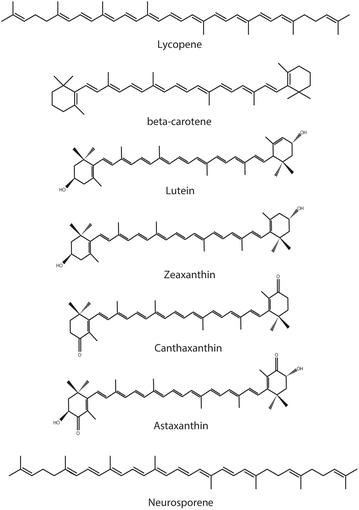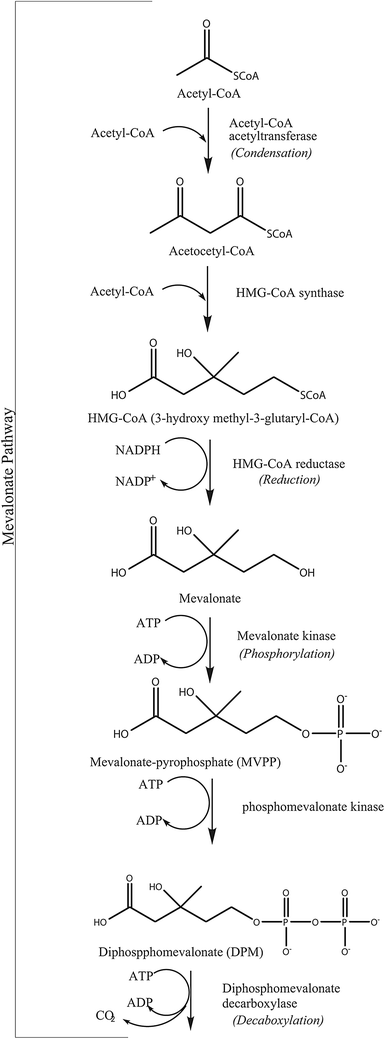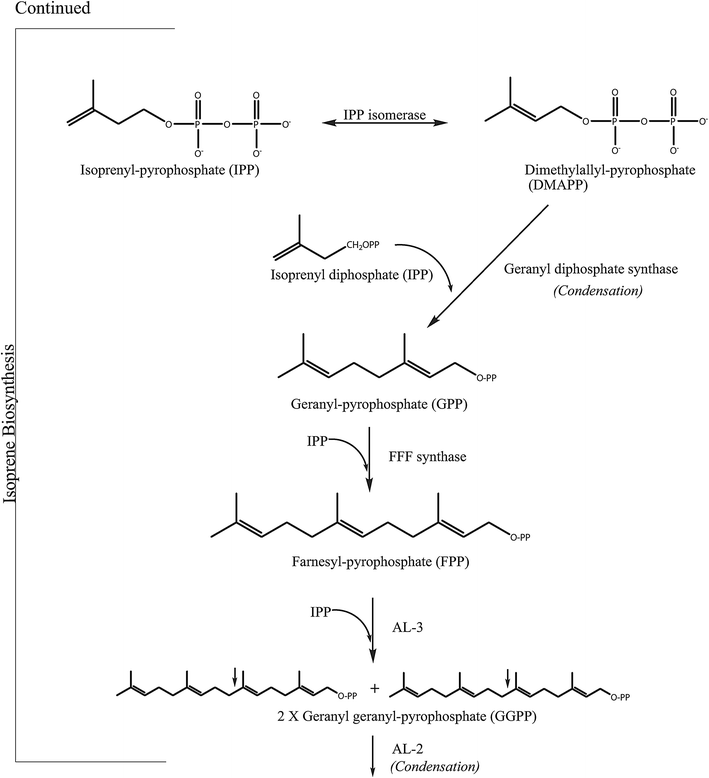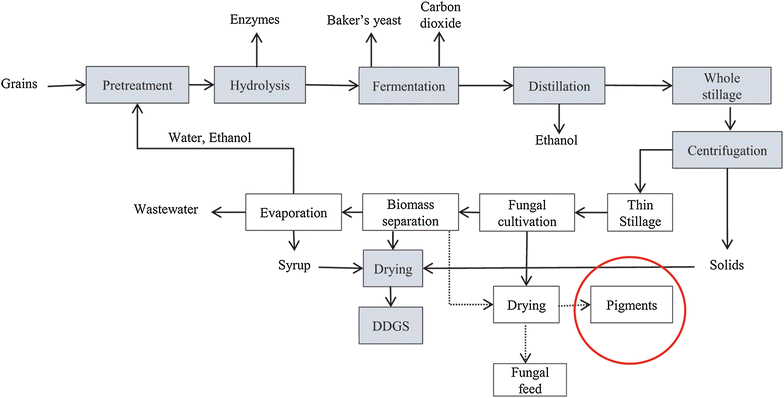Filamentous ascomycetes fungi as a source of natural pigments
- PMID: 28955473
- PMCID: PMC5611665
- DOI: 10.1186/s40694-017-0033-2
Filamentous ascomycetes fungi as a source of natural pigments
Abstract
Filamentous fungi, including the ascomycetes Monascus, Fusarium, Penicillium and Neurospora, are being explored as novel sources of natural pigments with biological functionality for food, feed and cosmetic applications. Such edible fungi can be used in biorefineries for the production of ethanol, animal feed and pigments from waste sources. The present review gathers insights on fungal pigment production covering biosynthetic pathways and stimulatory factors (oxidative stress, light, pH, nitrogen and carbon sources, temperature, co-factors, surfactants, oxygen, tricarboxylic acid intermediates and morphology) in addition to pigment extraction, analysis and identification methods. Pigmentation is commonly regarded as the output of secondary protective mechanisms against oxidative stress and light. Although several studies have examined pigmentation in Monascus spp., research gaps exist in the investigation of interactions among factors as well as process development on larger scales under submerged and solid-state fermentation. Currently, research on pigmentation in Neurospora spp. is at its infancy, but the increasing interest for biorefineries shows potential for booming research in this area.
Keywords: Ascomycetes; Carotenoids; Edible filamentous fungi; Neurospora; Pigments.
Figures







References
-
- Malik K, Tokkas J, Goyal S. Microbial pigments: a review. Int J Microbial Res Technol. 2012;1:361–365.
-
- Caro Y, Anamale L, Fouillaud M, Laurent P, Petit T, Dufosse L. Natural hydroxyanthraquinoid pigments as potent food grade colorants: an overview. Nat Prod Bioprospect. 2012;2:174–193. doi: 10.1007/s13659-012-0086-0. - DOI
Publication types
LinkOut - more resources
Full Text Sources
Other Literature Sources
Miscellaneous

